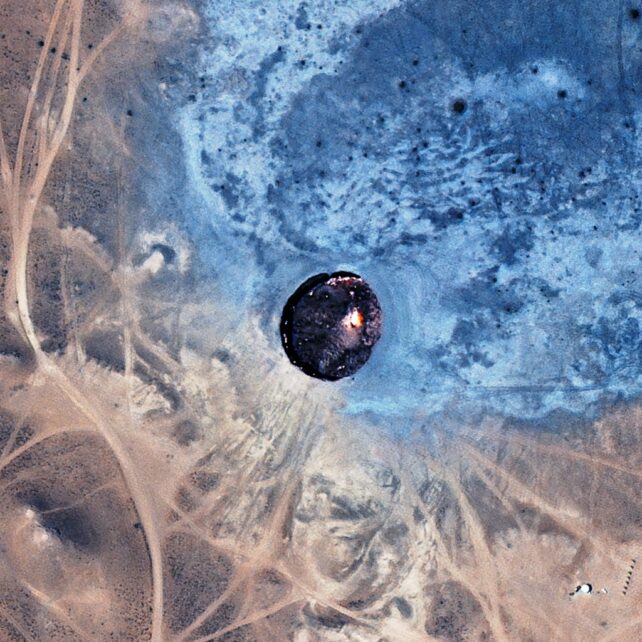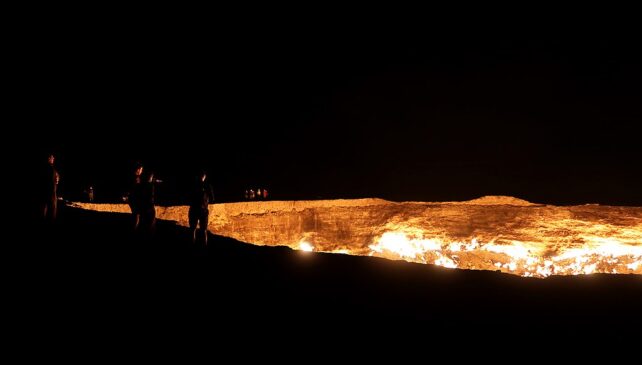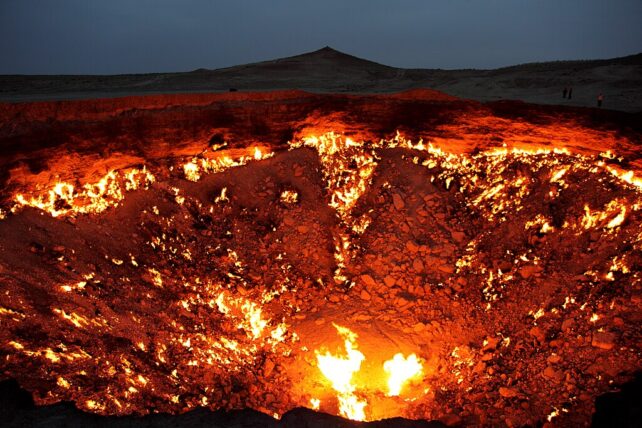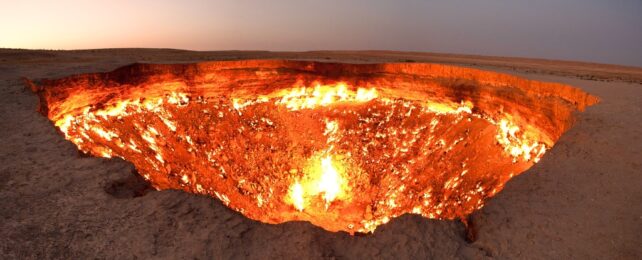Turkmenistan said Thursday it had significantly reduced a gas fire that has been raging for half a century at a site dubbed the "Gateway to Hell" .
The fire has been burning in the Karakum desert since 1971, when Soviet scientists accidentally drilled into an underground pocket of gas and then decided to ignite it.
The blaze has been spewing out massive quantities of methane, a gas that contributes to climate change, ever since.

Officials said the fire – which has become the reclusive country's top tourist attraction – had been reduced threefold, without specifying the time frame.
"Whereas before a huge glow from the blaze was visible from several kilometers away, hence the name 'Gateway to Hell', today only a faint source of combustion remains," said Irina Luryeva, a director at state-owned energy company Turkmengaz.

Numerous wells have been drilled around the fire to capture methane, she said at an environmental conference in the capital Ashgabat.
Turkmenistan – one of the world's most closed countries – is estimated to have the world's fourth largest gas reserves.

It is the world's biggest emitter of methane through gas leaks, according to the International Energy Agency – a claim denied by the authorities.
